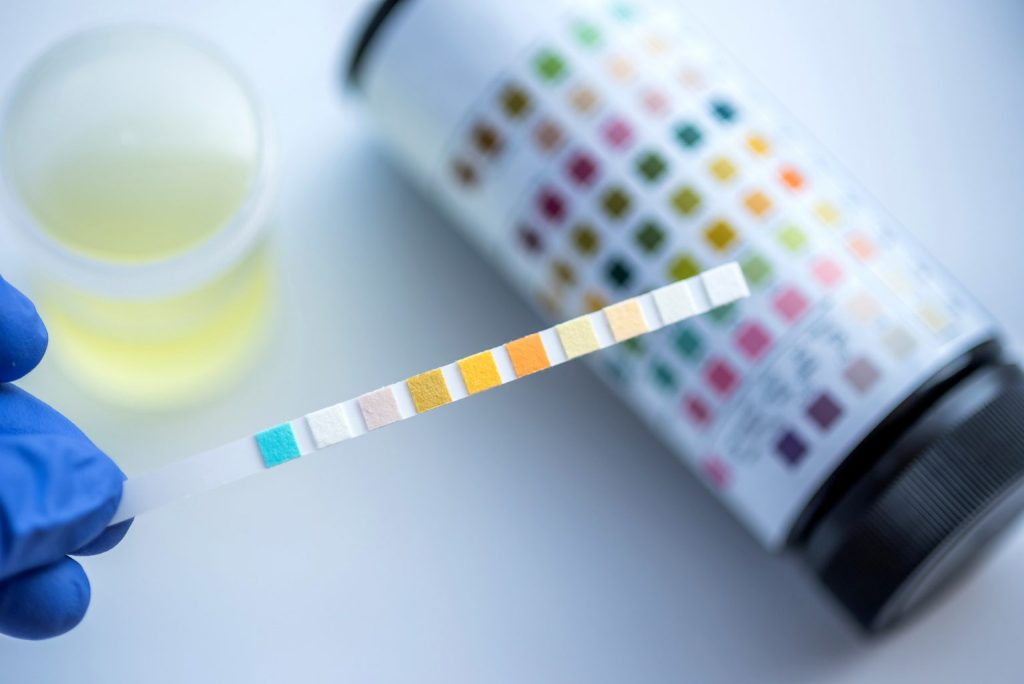Nanotechnology has revolutionized various industries, but one of its most promising applications is in the field of drug formulation development. Nanotechnology’s ability to manipulate and engineer materials at the nanoscale level has opened up a world of possibilities for creating more effective and efficient drug formulations. In this article, we will explore how nanotechnology is transforming drug development and why it holds such promise. Nanotechnology involves the manipulation of materials and structures at the nanoscale, typically at dimensions less than 100 nanometers. At this scale, the properties of materials can differ significantly from their bulk counterparts. When it comes to drug formulation, this offers several advantages. One of the most significant benefits of nanotechnology in drug development is its potential to enhance drug solubility and bioavailability. Many drugs with promising therapeutic potential suffer from poor solubility, which limits their effectiveness. Nanotechnology allows researchers to create drug nanoparticles or nanoemulsions, significantly increasing the surface area of the drug particles.

This, in turn, enhances the drug’s dissolution rate and bioavailability. Drugs that were once considered impractical due to poor solubility can now be formulated effectively, expanding the range of therapeutic options available to patients. Leading Formulation Development Services play a pivotal role in improving drug delivery systems. Nano-based drug delivery systems, such as liposomes, nanoparticles, and nanocapsules, can encapsulate drugs, protecting them from degradation and enabling targeted delivery to specific cells or tissues. These systems have the potential to reduce side effects and enhance the therapeutic efficacy of drugs. For instance, in cancer therapy, nanoparticles loaded with anticancer drugs can accumulate more effectively in tumor tissues, increasing the drug’s concentration at the target site while sparing healthy cells. Furthermore, nanotechnology allows for the modification of drug release kinetics. Controlled and sustained drug release is essential for many medications, and nanoscale drug carriers can be designed to achieve this precisely. By fine-tuning the properties of nanocarriers, researchers can create drug formulations that release the active compound over extended periods, ensuring a more consistent therapeutic effect and reducing the need for frequent dosing.
Nanotechnology also contributes to personalized medicine. By tailoring drug formulations at the nanoscale, it is possible to create patient-specific medications that account for variations in individual metabolism, absorption, and drug response. This can result in more effective and safer treatments, as patients receive medications optimized for their unique physiological characteristics. In the fight against infectious diseases, nanotechnology has the potential to transform the way we develop antimicrobial drugs. Researchers are exploring the use of nanoparticles to combat antibiotic-resistant bacteria, a growing global health concern. These nanoparticles can target and disrupt the membranes of bacteria, offering a novel approach to treating infections that are resistant to traditional antibiotics. Moreover, the development of vaccines can benefit significantly from nanotechnology. Nanoparticle-based vaccines have shown promise in generating stronger and longer-lasting immune responses. By using nanoparticles as carriers for antigens, vaccines can be designed to mimic the presentation of pathogens, stimulating a more robust and specific immune response. Nanotechnology is a game-changer in drug formulation development. Its ability to improve drug solubility, enhance drug delivery, enable controlled drug release, and facilitate personalized medicine holds immense promise for the pharmaceutical industry.